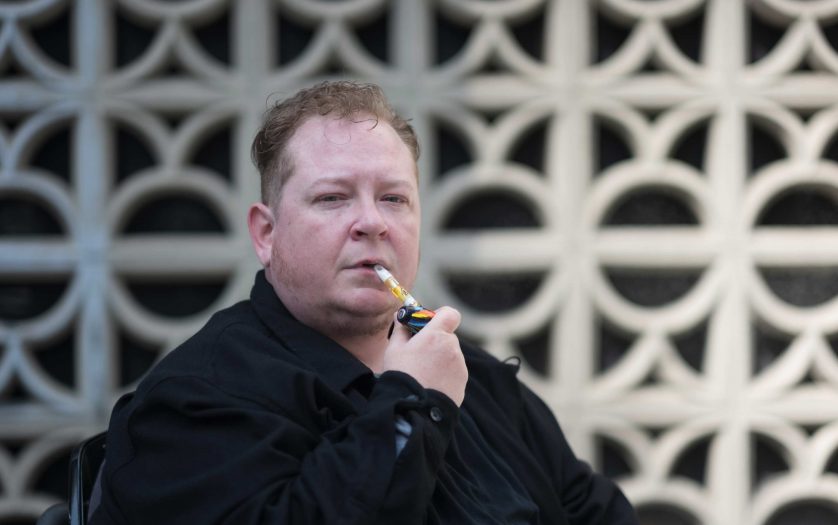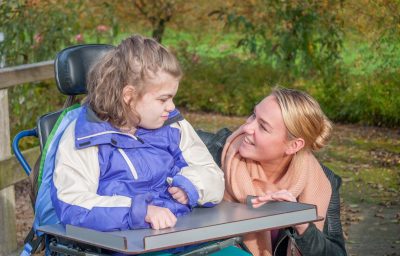
According to a new analysis, almost a quarter of Australians with disabilities smoke when compared to just 12.6% of the wider population.
While the number of Australians smoking is declining, the barriers for people with disabilities mean targeted support is needed to develop healthier habits.
Flinders University and Cancer Council NSW health experts are recommending new strategies to tackle the alarming smoking rate through targeted government policies, data collection on smoking and training for disability support workers on tobacco prevention strategies.
The experts have assessed strategies that can address increased risk factors that result in higher rates of smoking among people with disabilities. These include socioeconomic challenges that make nicotine replacements unaffordable such as higher unemployment and living on income support.
Physical restrictions and a shortage of trained professionals to support their efforts to quit make the challenge even harder, according to the researchers.
Cancer Council NSW Tobacco Cessation Coordinator and lead author of the paper, Tiana Vourliotis, says a comprehensive approach including smoking cessation services, co-designed programs, and targeted policy initiatives is imperative to reduce the prevalence of tobacco use.
Published in the Australian & New Zealand Journal of Public Health, the researchers recommend innovative prevention strategies that can close the disparity in smoking rates, including:
- Offering support to stop smoking within disability services
- Training for healthcare providers and support workers on effective strategies
- Consistent policy across Australian states
- Further collection of smoking data
Flinders Health and Medical Research Institute Director and study co-author, Professor Billie Bonevski, says the decrease in the numbers of people who smoke in Australia is not consistent across the whole of society and there remains a significantly higher smoking prevalence among people experiencing social, economic, or cultural disadvantage.
“People with disabilities encounter various obstacles, including lower socioeconomic status, unemployment, and difficulties accessing affordable quit-smoking support. Physical barriers and a shortage of trained professionals make the challenge even greater, hindering their ability to quit smoking,” says Professor Bonevski.
“Despite these big challenges, we know that informed policymaking and a dedication to positive health outcomes can drive meaningful reductions in smoking rates for people with disabilities.”
The federal government last year introduced new laws aimed at curbing smoking and addiction to tobacco in Australia using health warnings on packaging.
But this research has recognised the importance of providing choice for people with disabilities with the aim of fostering supportive environments for quitting, particularly in health and residential settings where they reside.
“Our commitment to addressing high smoking rates among people with disabilities in Australia can set a precedent for global efforts when it comes to developing targeted strategies and paving the way for a healthier future for the entire population.”








